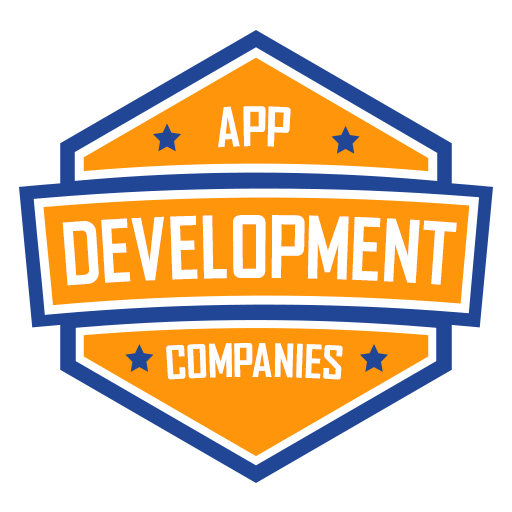
9 Ways AI Is Reforming The Education System
- By Selina Johnson
- 23-04-2020
- Infographic

The AI market in the US education sector is expected to grow at an annual rate of 47.5% during the period 2017-2021. So, let’s check out the top 9 ways AI is already reshaping the education system for the better. Finding the best iOS and android app development company for AI business and other native apps.
1. Automatic grading
Educational institutes are now using AI technology to grade multiple papers automatically.
Benefits:
• Reduces administrative pressure for teachers
• Gives them time to focus on more productive tasks
• Grades multiple college assignments accurately within seconds
• Eliminates the risk of biased grading
2. Personalised learning
AI-based education offers personalised learning based on every student’s needs.
Benefits:
• Increases engagement for students
• Motivates them to choose a specific learning path
• Makes it easier for teachers to assess each student
• Streamlines differentiated learning
3. Smart contents
AI breaks down traditional textbook contents into a more understandable ‘smart content’ that includes flashcards, multiple-choice practise sets and chapter summaries.
Benefits:
• Highlights only the most important bits of the books
• Creates chapter-specific summaries
• Accessible on different platforms
• Customises learning interfaces and digital learning guides
4. Online education
As per a recent study, over six million American students are currently enrolled in online education.
Benefits:
• Makes high quality education more accessible in rural areas
• Lowers student debts and education costs
• Introduces a diverse choice of course topics
• Offers flexible schedule and environment
5. New efficiencies
AI improves IT processes and creates a more efficient education system all over the world.
Benefits:
• Enables the operations department to create data-driven forecasts
• Identifies gaps and loopholes in the learning process
• Informs the students how their career paths look like
• Provides instant feedback to clear up concepts for students
6. Mental well-being
AI has the potential to detect a child’s emotional state through mouse actions and keyboard strokes.
Benefits:
• Provides the right intervention required for each student
• Offers personalised educational support
• Enhances the student’s interests towards a learning goal
• Improves each student’s ability to learn
7. Automatic learning record
AI introduces an ‘automatic learning record’ that lists all your work histories, achievements, internship details for better career opportunities.
Benefits:
• Provides an in-depth and detailed academic record
• Makes the academic transcripts accessible on different platforms
• Proves your worth for higher education courses
• Remains in the learner’s control
8. Universal access for all students
The AI-based tool can make global classrooms available to all students who speak different languages or have visual or hearing impairments.
Benefits:
• Creates sub-titles in real time for what the teacher is saying
• Opens up possibilities for students who aren’t able to attend schools
• Provides access to specific subjects that aren’t available in most schools
• Makes it easier for teachers to instruct a diverse group of learners
9. Utilitarian approach
AI uses a utilitarian approach to analyse the most prevalent trends among students.
Benefits:
• Directs the students towards a career goal based on their interests
• Helps students with instant feedback
• Makes challenging concepts clearer for students
• Alerts the teachers if any student has consistent poor academic performance
Recent blog

Crafting Eye-Catching Instagram Reels In Just 9 Easy Steps
Social Media | 25-04-2024.png)
Boost Sales and Conversions with Shopify's New AI-Powered Semantic Search
E-commerce | 24-04-2024




